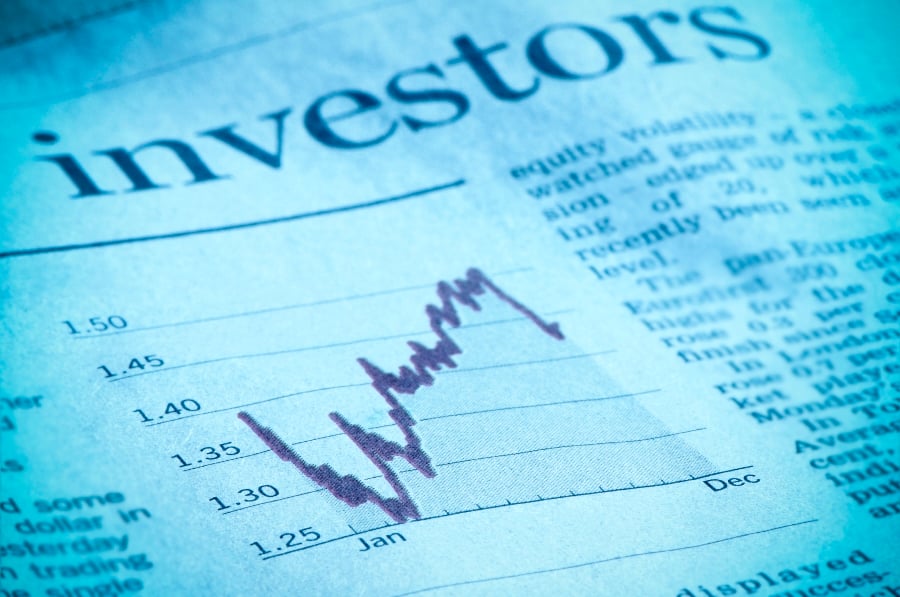You may think they're as bullish as you are, but below the bravado, they may be nervous.
Financial advisers say clients often overestimate their tolerance for risk. But data suggest it's really financial advisers who become more nervous than they expected when markets become volatile.
Advisers often underestimate their own stomach for risk significantly, by as much as 20 points (on a scale of 1 to 100), according to FinaMetrica, a firm that runs psychometric risk tolerance tests. The danger is that advisers can inadvertently push their perceived higher tolerance for risk onto clients when designing a portfolio, according to Tyler Nunnally, FinaMetrica's U.S. strategist. The 800,000-plus tests FinaMetrica has analyzed show that most clients of advisers just slightly overestimate their comfort with investment risk.
There is something to advisers' belief that their client's risk tolerance seems to change with the markets. But Mr. Nunally argues that it's not any change in actual risk tolerance, which he says is a stable trait. “There's a perception that the market is less risky when it's up and more risky when it's down,” he says.
Whether risk tolerance is a fixed trait or a fluctuating state of mind, recent volatility in markets around the world makes now a good time to check your comfort with risk. While a wealth of free risk questionnaires are available, many are a waste of time, says adviser Curt Weil: “What was comfortable in December of 1999 was horrific in April of 2000.”
What Weil does to provide an objective reality check for clients is to simulate a decline of 50 percent in a portfolio and show a client how that would affect her ability to meet her life goals. After speaking with clients about how volatility is normal and should be expected, adviser Kevin Couper takes a similar approach to Weil's, using a “worst-case” scenario that relives 2008 with a client's current assets.
In the long run, the ideal portfolio mix is one that clients can live with across market cycles, regardless of short-term gyrations. But there's this little thing called emotion, which can be hard to predict and control. And a greater exposure to equities may have snuck up on some investors who don't rebalance regularly, so their risk may be higher than they realize when market volatility hits.
Anyone willing to shell out $45 can take FinaMetrica's 25-question test (or ask his or her adviser to spring for it). It asks such questions as, "If you had to choose between more job security with a small pay increase, and less job security with a big pay increase, which would you pick?" (Answers range from "Definitely more job security with a small pay increase" to "Definitely less job security with a big pay increase.") Another: "When you think of the word 'risk' in a financial context, which of the following words come to mind first? Danger; uncertainty; opportunity, or thrill."
A first practical step investors can take is to check that their exposure to stocks hasn't grown beyond their comfort level. And separating one's money into different buckets can help guard against getting too stressed in the face of market volatility. Money can be tied to short-, medium- and long-term goals, with each bucket having a different risk profile, Weil says. If the market's swinging wildly and you know your immediate needs are covered in a short-term, conservatively invested bucket, you may feel more comfortable sticking with any higher-risk, higher-return investments in the long-term basket.
Another way to stop emotions from influencing your investing, as long as you have a smart long-term financial plan in place? Just take a vacation from checking your portfolio. That'll help keep you focused on the long run — and maybe let you enjoy taking an actual break.







